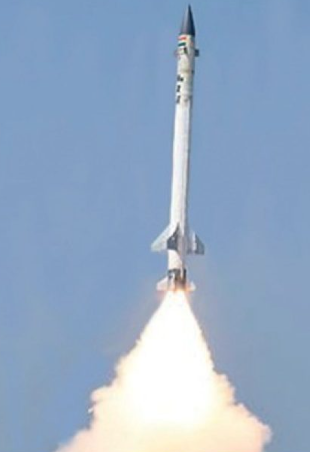Indian Ballistic Missile Defence Programme
The Indian Ballistic Missile Defence Programme is an initiative by the Defence Research and Development Organisation (DRDO) to develop and deploy a multi-layered ballistic missile defense system to protect India from ballistic missile attacks. The programme aims to provide a comprehensive defense against both short-range and long-range ballistic missiles.
History
The Indian Ballistic Missile Defence Programme was initiated in 1999, in the wake of the Kargil War and growing concerns about Pakistan’s missile capabilities. The programme gained momentum after the successful test of India’s first indigenous ballistic missile interceptor, the Prithvi Air Defence (PAD) missile, in 2006.
Components of the System
The Indian Ballistic Missile Defence system consists of two main components:
- Prithvi Air Defence (PAD): The PAD is a high-altitude interceptor missile designed to intercept ballistic missiles outside the earth’s atmosphere (exo-atmospheric). It has a range of around 80 km and is capable of intercepting missiles at altitudes of 50-80 km.
- Advanced Air Defence (AAD): The AAD is a lower-altitude interceptor missile designed to intercept ballistic missiles within the earth’s atmosphere (endo-atmospheric). It has a range of around 30 km and is capable of intercepting missiles at altitudes of 15-30 km.
In addition to these interceptor missiles, the system also includes a network of early warning radars, tracking radars, and command and control systems.
Tests and Developments
The Indian Ballistic Missile Defence Programme has conducted several successful tests over the years:
- In 2006, the PAD interceptor successfully intercepted a modified Prithvi missile acting as a target.
- In 2007, the AAD interceptor successfully intercepted a modified Prithvi missile in the endo-atmospheric range.
- In 2009, the PAD interceptor successfully intercepted a missile at an altitude of 75 km, the highest altitude at which an interceptor had been tested by India.
- In 2011, the AAD interceptor successfully intercepted a target missile at an altitude of 15 km, demonstrating its capability to engage targets in the endo-atmospheric range.
- In 2017, India conducted a successful test of a new exo-atmospheric interceptor missile named the Prithvi Defence Vehicle (PDV), which is capable of intercepting missiles at altitudes of over 100 km.
Challenges and Future Developments
Despite the successful tests, the Indian Ballistic Missile Defence Programme faces several challenges:
- Developing a reliable and robust early warning and tracking system to detect and track incoming missiles.
- Ensuring the interceptor missiles can effectively engage and destroy targets in a variety of scenarios, including multiple simultaneous attacks.
- Integrating the various components of the system, including radars, interceptors, and command and control systems, into a seamless and effective defense network.
To address these challenges, the DRDO is working on developing more advanced interceptor missiles, such as the PDV Mark-II, which will have a longer range and higher intercept altitude. The organisation is also focusing on improving the early warning and tracking capabilities of the system.
International Reaction
The development of India’s Ballistic Missile Defence system has drawn attention from the international community, particularly from Pakistan and China. Pakistan has expressed concerns that the system could undermine the strategic stability in the region, while China has argued that the system could potentially negate its nuclear deterrence capabilities.
However, India has maintained that the Ballistic Missile Defence system is purely defensive in nature and is not intended to alter the strategic balance in the region.
The Indian Ballistic Missile Defence Programme represents a significant step in India’s efforts to enhance its national security and protect itself from the threat of ballistic missile attacks. While the programme has made substantial progress, there are still challenges to be overcome in terms of technology, integration, and operational readiness. As India continues to develop and refine its Ballistic Missile Defence capabilities, it will play an increasingly important role in shaping the strategic dynamics of the region.


